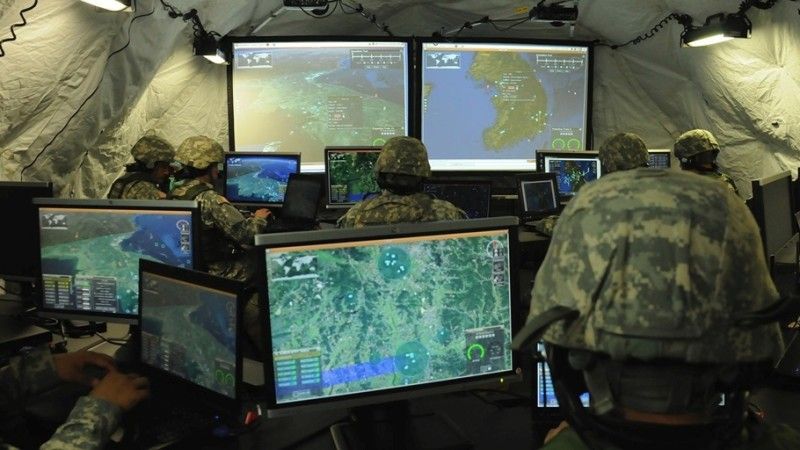IBCS "Brain" of the Polish Air Defence Gets the Green Light From the US. Incoming Offset

The US Department of State has agreed to sell to Poland elements of the IBCS air defense management system, intended for the Wisła (Patriot) and Narew (CAMM-ER) systems.
The maximum value is USD 4 billion (approx. PLN 17.2 billion at the current exchange rate), but the actual value will most likely be lower, as admitted by the DSCA agency itself, which issued the notification. The contract is to cover up to 93 IBCS Engagement Operation Centres (EOC) and up to 175 IFCN (Integrated Fire Control Network) radio lines, along with cryptographic systems, software development and component integration work, technical support, system integration laboratory and infrastructure, test equipment and conducting test shootings (including booking training grounds and providing targets).
Although the DSCA notification mentions the Patriot system and components, this proposed sale is actually about acquiring IBCS for the second phase of Wisła and the Narew systems. This is evidenced by the number of IBCS components for which Poland has obtained consent. As a rule, one division, i.e. two batteries/four fire units (in the first phase of Wisła, Poland just bought equipment for one division, including four fire control radars and 16 rocket launchers), uses from six (standard configuration) to a dozen or so (expanded configuration) of operational centers and - usually - a dozen or so communication elements such as IFCN radio lines. In the second phase of the Wisła program, Poland purchased six Patriot batteries (12 fire units, 48 launchers) integrated with IBCS, while the Narew program will include 23 batteries/46 fire units (138 launchers) of CAMM-ER missiles. The components included in the State Department's approval are sufficient for this amount of equipment.
In practice, this means that after the purchase, the Polish Wisła batteries, i.e. Patriot with IBCS (acquired in the first and second phase of the program) and Narew (with CAMM-ER launchers and missiles with a range of 45 km, Polish radars, support elements, but also components command and control) will be able to operate in one command system. This will dramatically increase the efficiency of operations. All the more so because in the future, other elements will be integrated with IBCS, such as F-35 fighters, and perhaps also long range artillery systems, which will enable multi-domain operations. This is a step towards building in Poland one of the most modern air defense systems in Europe (and in the world), although of course it must be constantly supplemented with new elements, e.g. related to combating drones.
The Department of State notification stated that the buyer (Polish government) requested an offset, and the offset agreement would have to be negotiated between it and the manufacturer (Northrop Grumman). The Polish Ministry of National Defence has already informed about the ongoing offset negotiations regarding IBCS. The offset may include primarily the capabilities needed for integration and/or the integration of elements itself provided by the Polish industry, i.e. CAMM-ER missiles and various types of early-warning radars (P-18PL, PET-PCL/SPL) and fire control (Sajna).
In accordance with previous assumptions, the IBCS configuration that Poland will obtain for the second phase of Wisła and Narew will be created with a greater participation of Polish industry, for example when it comes to the construction of communication nodes. IBCS will be the "brain" of the systems that Poland ordered during MSPO 2023 - Patriot launchers, missiles and radars for phase II of Wisła, and CAMM-ER launchers and missiles, for which additional command, sensor and support elements will of course be contracted in the Polish industry.

WIDEO: Defence24 Days 2025: Premier Defence & Security Conference in CEE